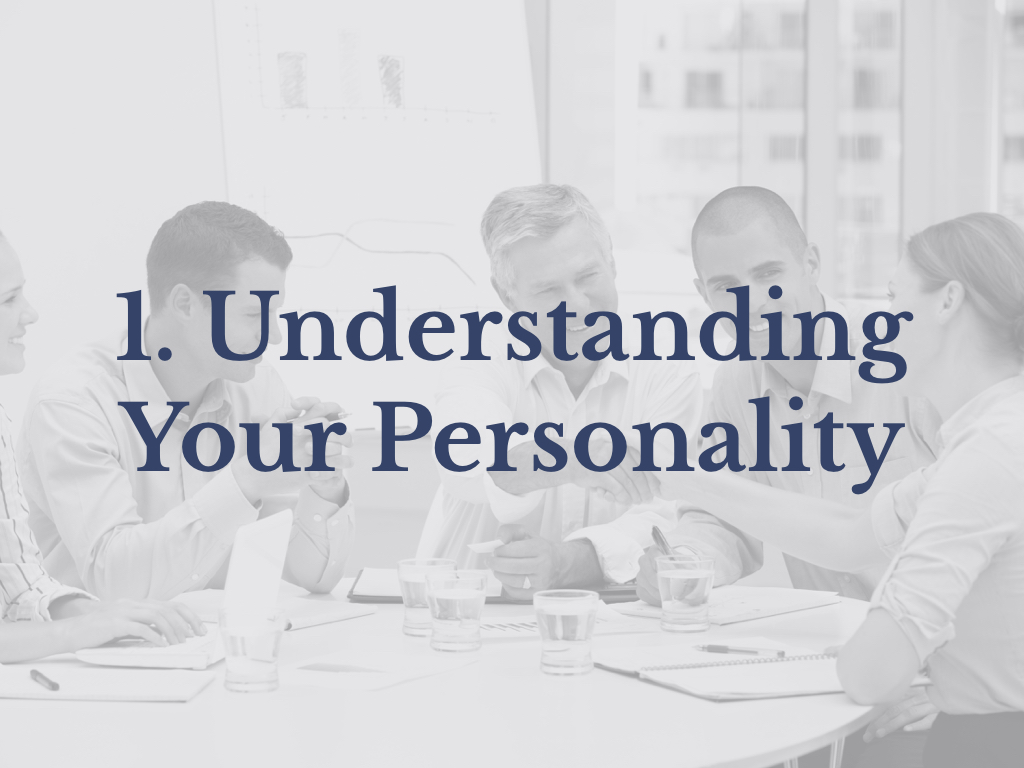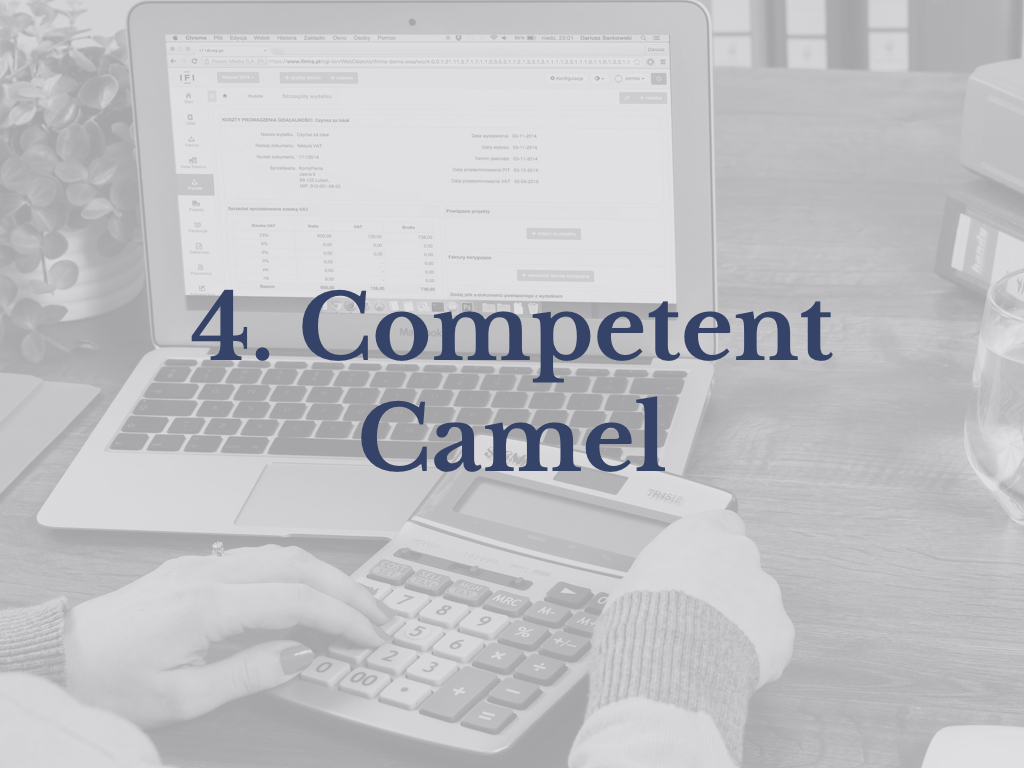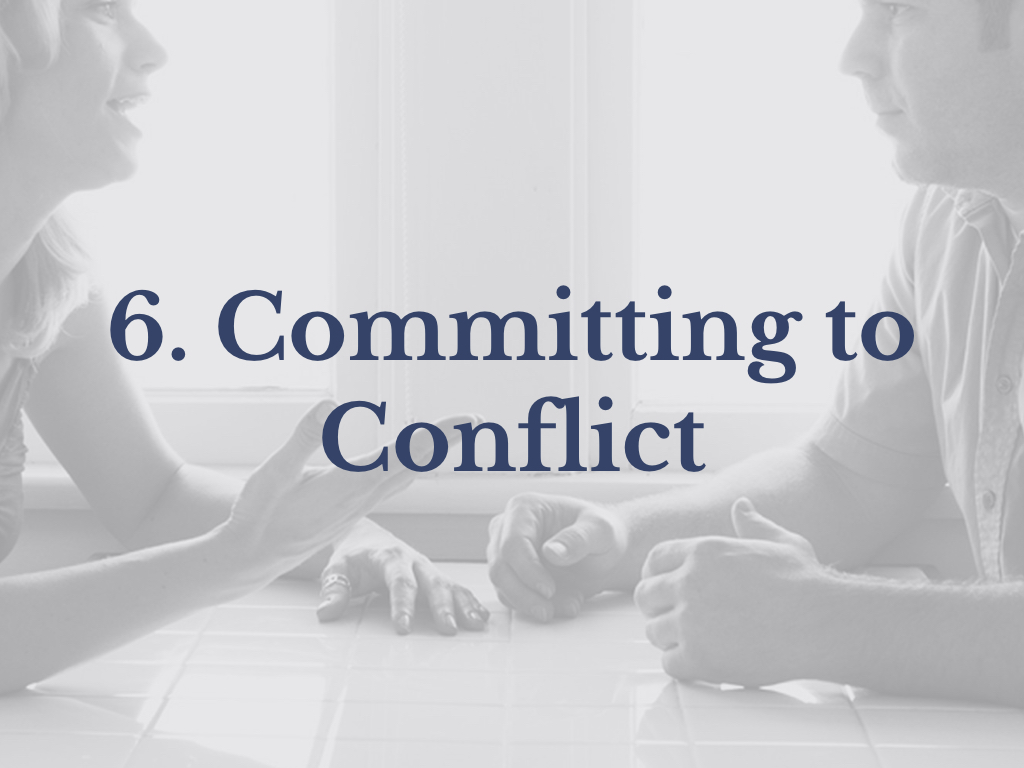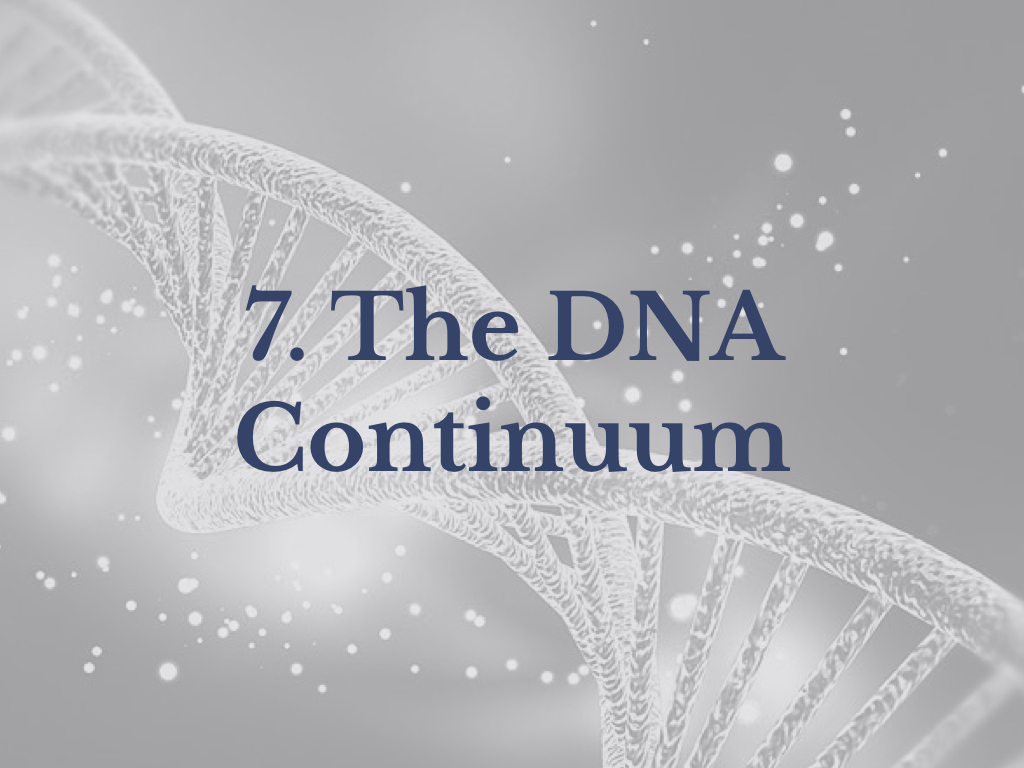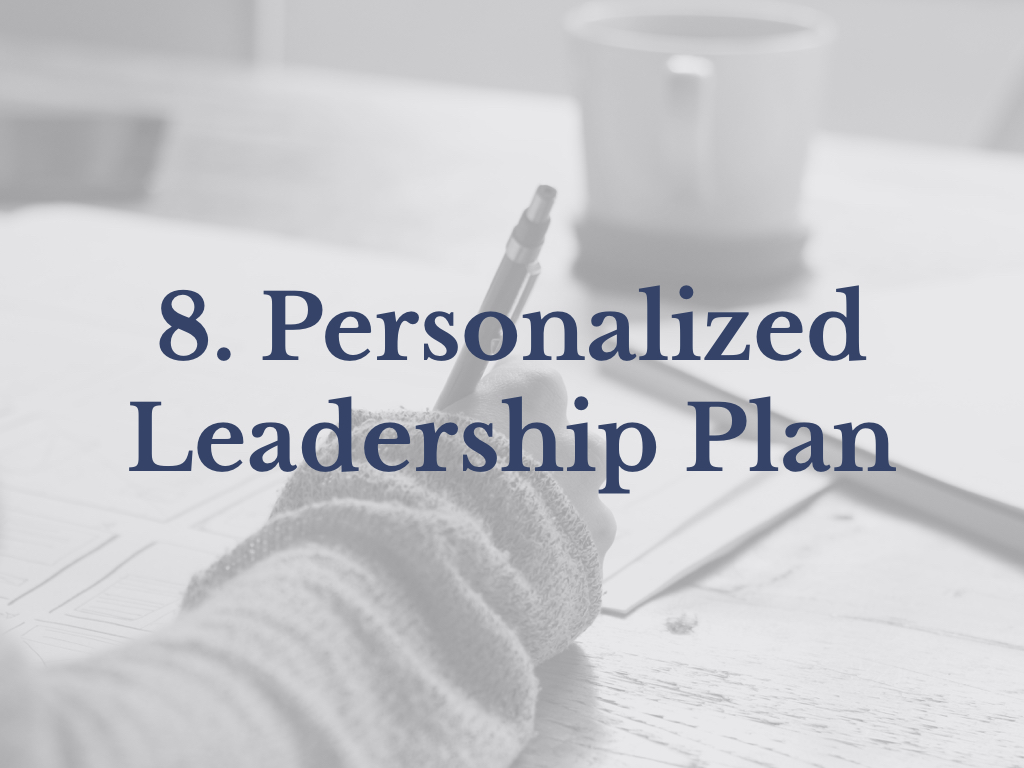Bring Cohesiveness to Your Organization with Relational Leadership
Relational leadership is a buzz phrase that most people in the management world have heard, but it's much more than just popular industry jargon. Relational leadership is an incredibly useful concept that can affect change on all levels of your organization from the bottom to the top. Here's a closer look at the ins and outs of this concept.
What is Relational Leadership?
At its heart, relational leadership is about (you guessed it) relationships. It is a style of leadership where you put aside personal objectives and goals and replace them with relationships in your company and with your employees. That ideal helps drive real lasting change, and an increased investment in the organization through all levels.
How Do You Become a Relational Leader?
Relational leaders lead by example. They understand that showing your employees what you want, what's important to you, and how you want them to behave is more effective than any instructions can ever be. If you are a relational leader, you practice what you preach, and your employees follow. Whether you're trying to set corporate culture or show employees the best way to close a deal, relational tactics can be the most effective.
What Are the Tenets of Relational Leadership?
The three main tenets of relational leadership are ethics, inclusivity, and empowerment. All of those tenants overlap in one key area, and that is your purpose.
When deciding what to do as a leader, you may want to ask yourself three questions.
- Does this act reflect the ethical values of our organization?
- Does this action include others (employees, clients, etc)? You don't want to leave anyone behind.
- Does this action empower you as a manager and your employees?
If you have answered "yes" to all of these questions, your action has the purpose you need for your company. All of your managerial and business processes should be embedded with these tenets and this sense of purpose.
How Do You Become a Relational Leader?
In addition to focusing on the tenets outlined above, relational leaders are always looking for ways to relate to their employees and the organization as a whole. Their success is the same as the success of their team and their organization. You have to get on your employee's level and grow with them.
What Are the Benefits of Relational Leadership?
Relational leadership focuses on growth. When you are a relational leader, your employees are more likely to come to you with questions and concerns. When they feel like you are truly invested in their growth and development, they see you as a trusted leader, and they become more willing to follow you.
In a lot of cases, that can be more effective than a managerial style that is exclusively or primarily authoritarian. In a relational environment, employees are also more likely to speak truth to power. That can be lifesaving in an emergency, and it can spark greater levels of creativity in meetings, research, and product development.
If you’re ready to try using relational leadership in your workplace, start with our free online personality assessment. This 20-question profile will help determine if you are a Leading Lion, Competent Camel, Much-Loved Monkey, or a Tranquil Turtle. Once you’ve learned about your personality type, discover how to leverage this information with those you lead with our 8 module online leadership training course. This knowledge-packed course features exclusive content and actionable worksheets to help you improve the leadership capacity of your employees. Get started today and make a difference tomorrow!



